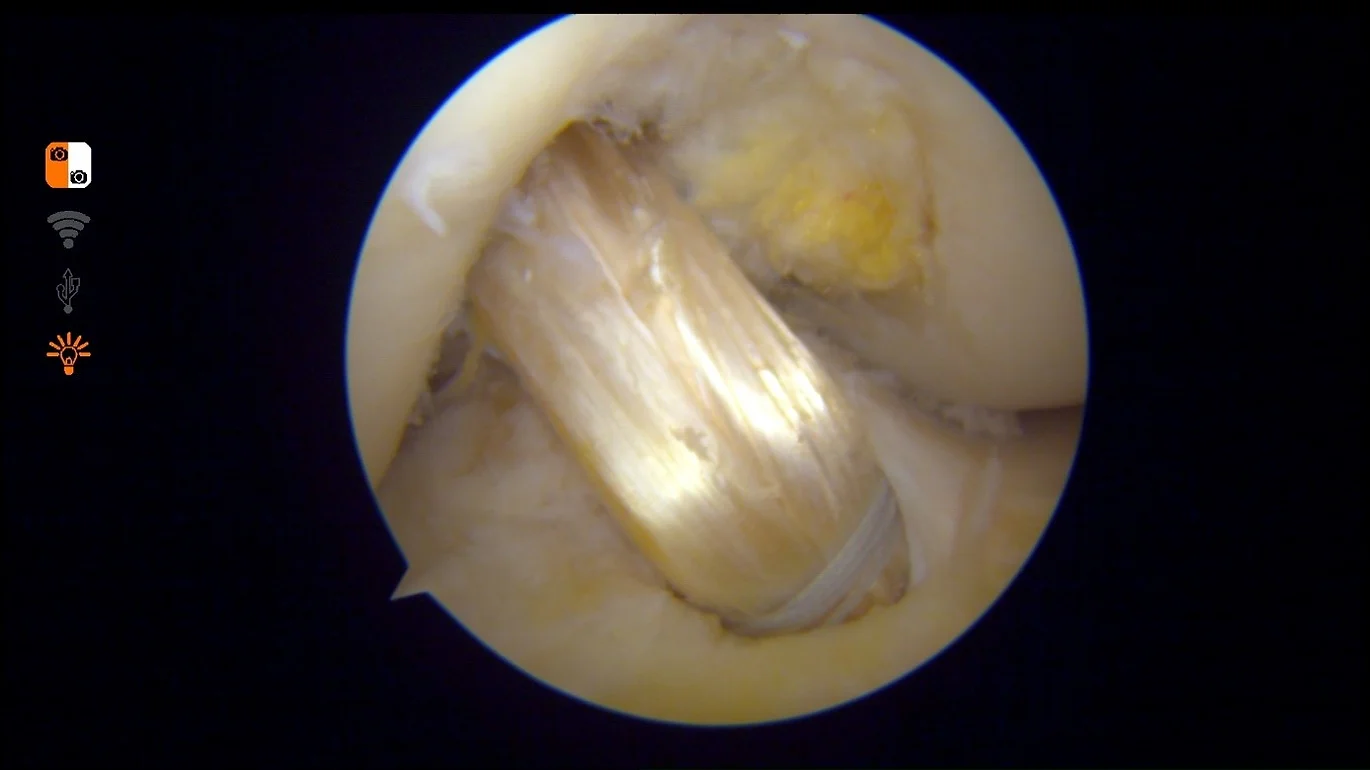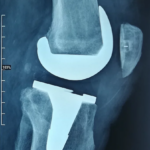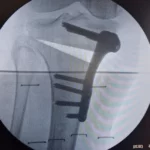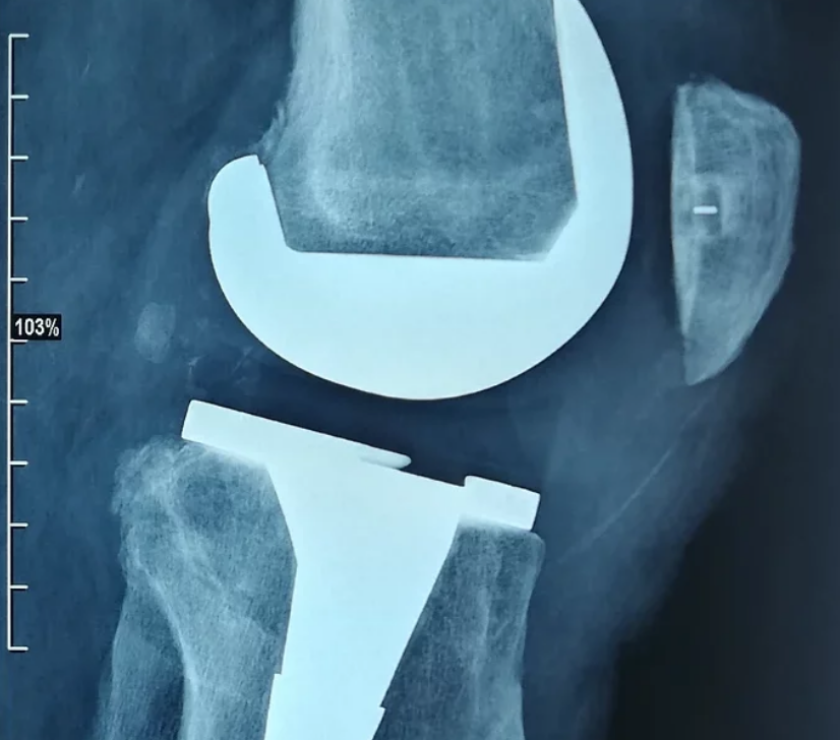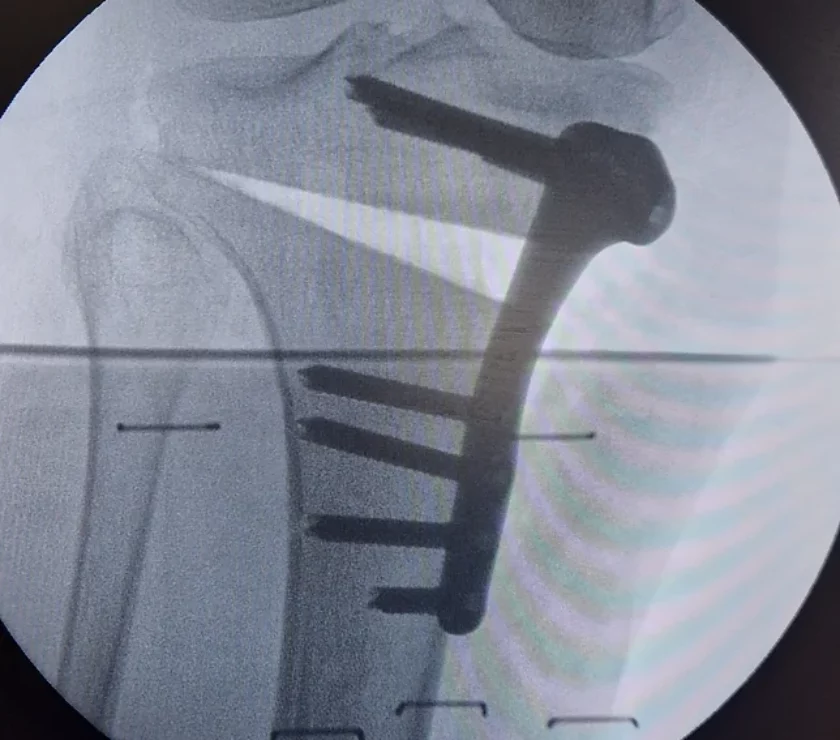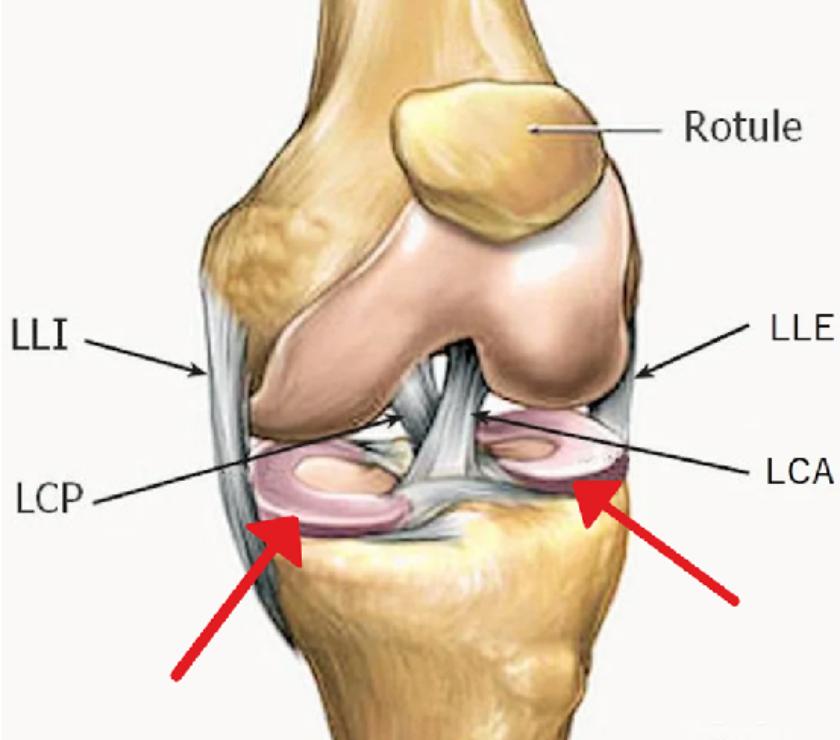RUPTURE OF THE KNEE’S CRUCIATE LIGAMENTS
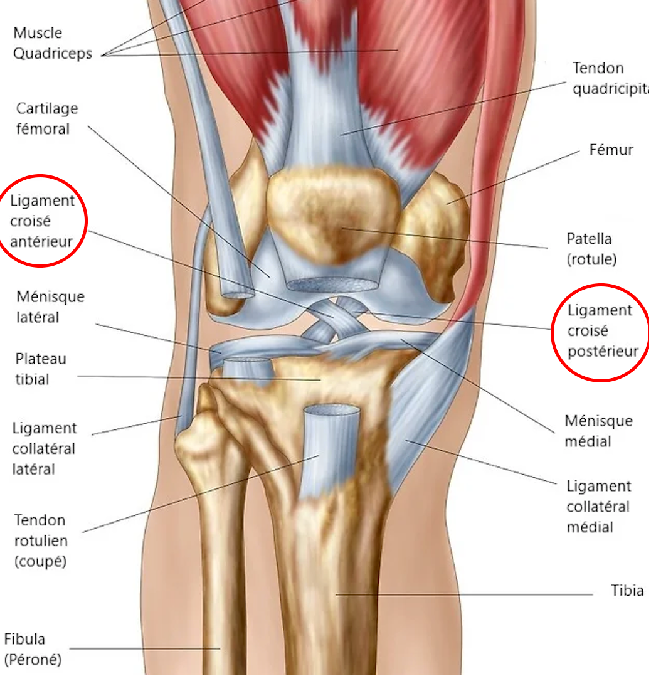
At the center of the knee joint, two powerful ligaments stabilize the joint in rotational movements and anterior or posterior translations. These are the cruciate ligaments (anterior and posterior), which constitute what is called the central pivot. It’s like two very tight, inelastic ropes that bathe in the joint fluid (synovial fluid).
The rupture of the cruciate ligaments is a common accident, especially with the practice of contact sports or pivot sports like football, skiing, martial arts, etc. Acutely, the rupture of a cruciate ligament is accompanied by bleeding and swelling of the joint cavity, as well as partial or total functional impairment.
In fact, it is mainly the associated traumatic lesions that cause pain: Bone contusions or fissures, sprains of the extra-articular ligaments, meniscal tear, cartilage lesion, etc. The cruciate ligament itself is little, if at all, painful, once the initial trauma has cooled down. But the absence of pain can be misleading. The knee has not returned to normal.
Indeed, unlike the extra-articular ligaments, a cruciate ligament ruptured in full substance does not have the capacity to heal by itself. Its absence leads to millimetric anteroposterior and rotational instability, which is responsible in the medium and long term for progressive wear of the joint.
Patients often experience giving way, a lack of confidence in their knee, especially if they practice pivot sports, contact sports, or those with strong accelerations/decelerations. With a ruptured cruciate ligament, the increased risk of long-term knee osteoarthritis is estimated at 40%, according to scientific publications.
In an active, athletic patient of a young physiological age, the reconstruction of the cruciate ligament is indispensable to restabilize the knee and prevent as much as possible the arthrosic evolution over time.
At the other extreme, in a sedentary patient of an advanced physiological age, or already showing signs of osteoarthritis beforehand, the reconstruction of the cruciate ligament may not necessarily have enough advantages to justify surgery.
PREPARATION FOR THE SURGERY:
The immediate aftermath of a trauma with cruciate ligament rupture is consistently marked by varying degrees of stiffness, weakening, and muscular atrophy, particularly of the quadriceps.
It is essential to regain good joint flexibility and good muscular tone before surgery: The quality of the postoperative result and the speed of recovery depend on it.
Therefore, physiotherapy sessions are prescribed preoperatively, to properly prepare for the surgery.
THE SURGERY:
Cruciate ligament reconstruction, also known as ligamentoplasty, lasts 1 hour and can be performed under general anesthesia or spinal anesthesia (injection in the back, only the lower body is numbed). It is most often carried out on an outpatient basis.
The surgery is performed by arthroscopy: Through two small skin incisions of 5mm at the front of the knee, a 4mm camera and multiple instruments are inserted into the joint cavity to perform the procedure. There is no need for a large surgical opening.
To reconstruct a new cruciate ligament, a portion of a tendon from the lower limb is harvested: This involves either the hamstring tendons (DT4 and DI-DT technique) or the patellar tendon (KJ or Kenneth Jones technique), more rarely the quadriceps tendon.
We have chosen to preferentially perform the DT4 technique. As its name suggests, it involves harvesting a single hamstring tendon, the semitendinosus (DT), through a 3cm incision in the proximal leg, which is folded in four to serve as a new cruciate ligament.
The graft is inserted into the knee through the same arthroscopic openings, then fixed in a tibial bone slot on one side, and a femoral bone slot on the other. The tension of the graft is adjusted as needed using a well-perfected system of cords.
This is the least invasive technique available to date, which therefore allows for a less painful and faster recovery: Only one hamstring tendon is harvested (compared to DI-DT), no morbidity at the harvest site (compared to KJ sometimes), no drilling of bone tunnels (compared to DI-DT and KJ).
POSTOPERATIVE FOLLOW-UP:
After the surgery, you are taken to the recovery room where you stay on average for 2 hours.
A postoperative control radiograph is systematically performed before you are taken back to your room.
On the evening of the surgery, a physiotherapist comes to see you, gives you some instructions, and then helps you get up and walk, with the protection of a brace and crutches.
You are allowed full weight-bearing on the operated leg after a standard ligamentoplasty. If a meniscal suture has to be performed at the same time, the resumption of weight-bearing is delayed for 4 to 6 weeks to wait for the meniscal healing.
Physiotherapy starts two to three days after the surgery, according to a specific protocol and schedule. It lasts at least 6 months and typically 1 year, ending with a step of getting back to sports.
The healing of the ligamentoplasty graft in the bone is estimated at 1 year. During this period, sports and activities with pivoting or contact such as martial arts, football, tennis among others are prohibited, at the risk of rupturing or stretching the new ligament.
We meet regularly in postoperative follow-up consultation, and we plan together each activity that you wish to resume.



